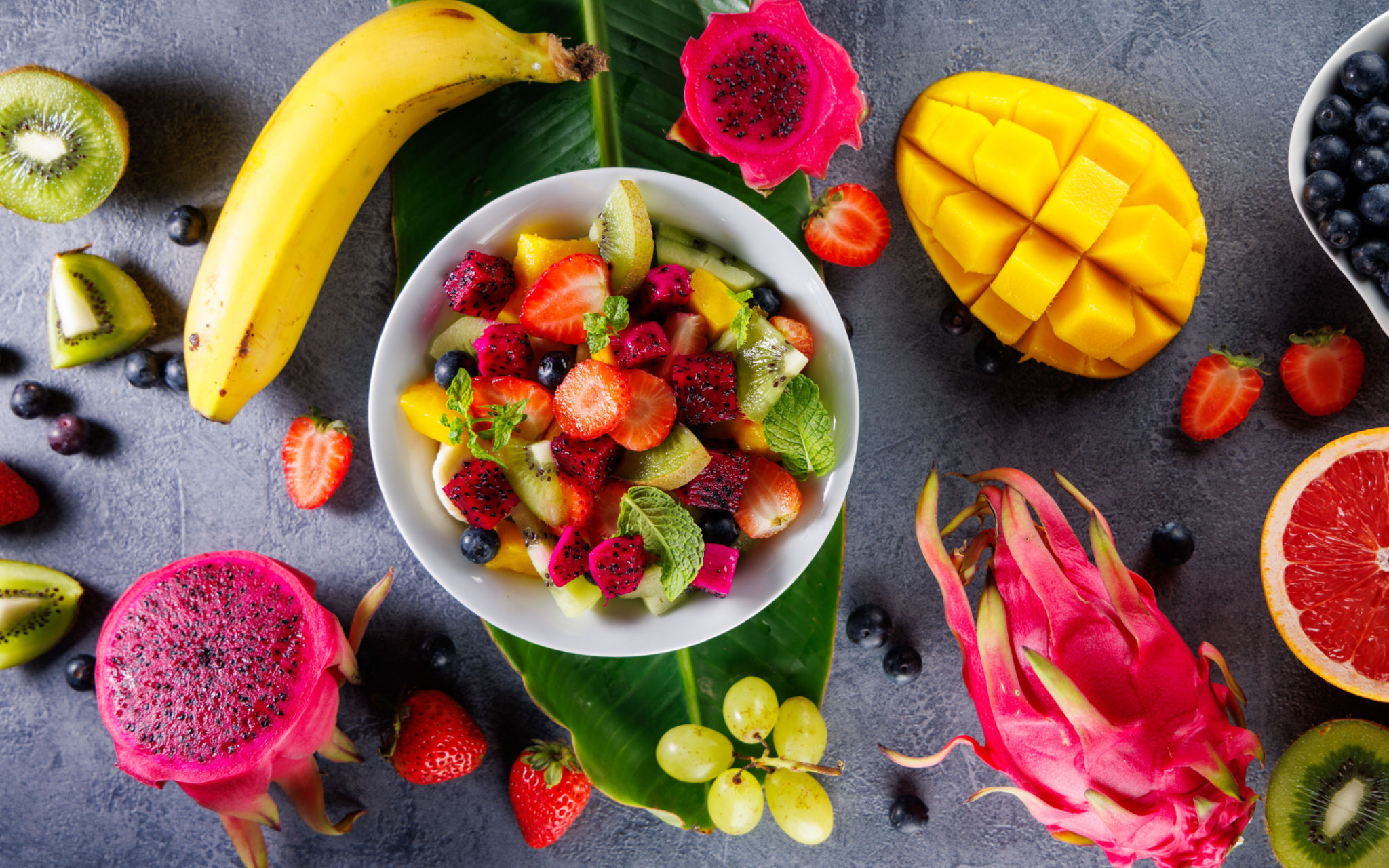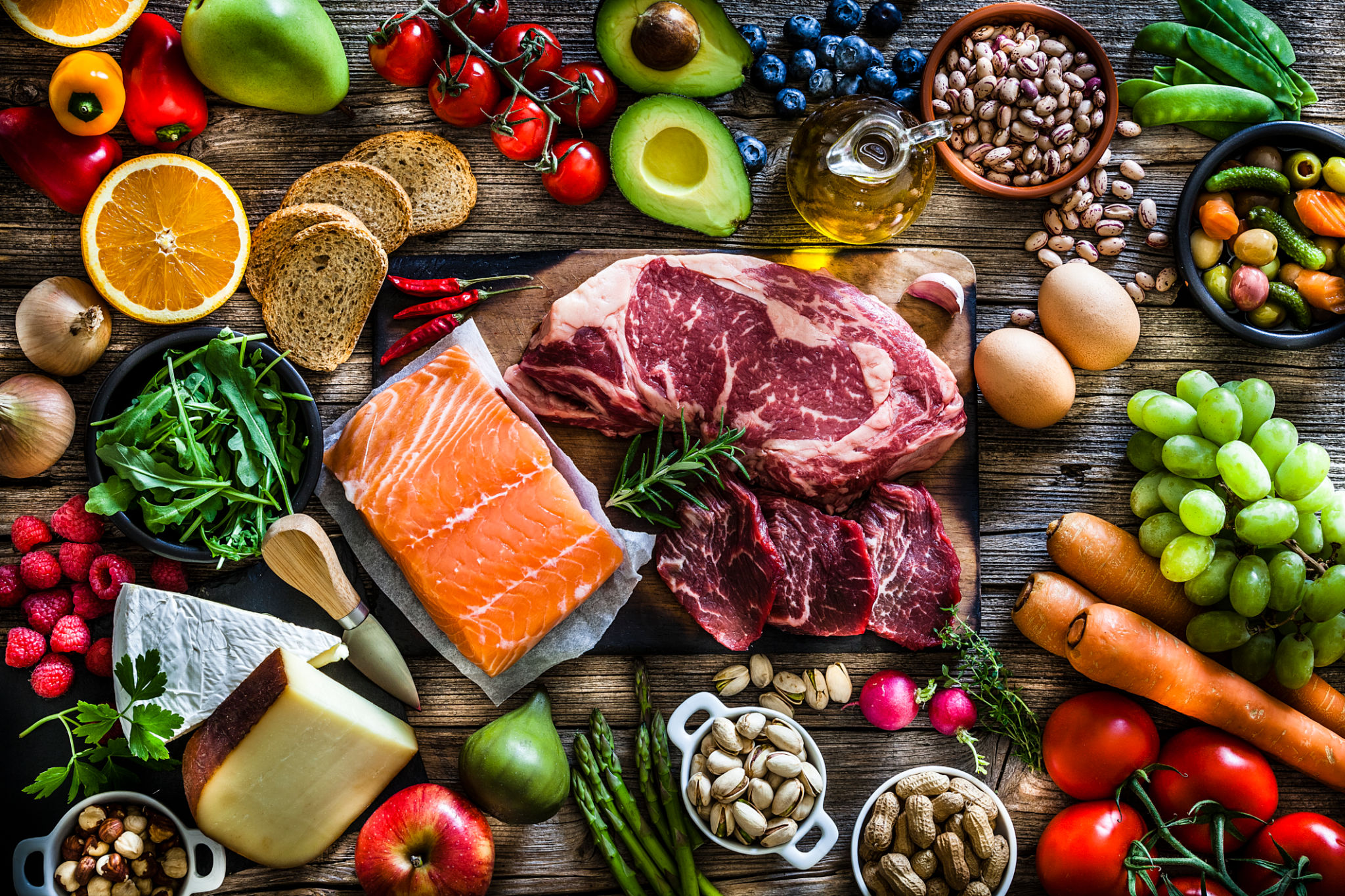Seasonal Vietnamese Ingredients and Their Benefits
The Richness of Seasonal Vietnamese Ingredients
Vietnamese cuisine is renowned for its vibrant flavors and the use of fresh, seasonal ingredients. Each season brings with it a unique set of fruits, vegetables, and herbs that not only add flavor but also provide numerous health benefits. Understanding these ingredients can enhance your appreciation of Vietnamese dishes and inspire you to incorporate them into your own cooking.

Spring: The Season of Mangoes and Herbs
Spring in Vietnam is celebrated with the arrival of juicy mangoes and aromatic herbs. Mangoes are not only delicious but also rich in vitamins A and C, which are essential for maintaining healthy skin and immune function. Vietnamese cuisine often pairs mangoes with herbs like mint and cilantro, creating refreshing salads and accompaniments.
Herbs such as mint, cilantro, and Thai basil are abundant in spring. These herbs not only add a burst of flavor to dishes but also offer health benefits. For instance, mint aids digestion and has anti-inflammatory properties, while cilantro is known for its detoxifying effects, helping to remove heavy metals from the body.
Summer: The Bounty of Tropical Fruits
Summer is a time of abundance in Vietnam, with tropical fruits taking center stage. Lychees, longans, and rambutans are popular choices during these months. These fruits are not only sweet and succulent but are also packed with antioxidants that help fight free radicals and reduce inflammation.

Dragon fruit is another summer staple, known for its stunning appearance and numerous health benefits. Rich in fiber, vitamin C, and antioxidants, dragon fruit helps boost the immune system and improve digestion. It's often enjoyed fresh or added to smoothies for a refreshing treat.
Autumn: The Harvest of Root Vegetables
As autumn arrives, root vegetables like sweet potatoes, taro, and lotus root become widely available. These ingredients are hearty and provide the body with essential nutrients like fiber, potassium, and vitamin B6. Sweet potatoes are particularly beneficial as they are high in beta-carotene, which supports eye health.
Taro is another versatile root vegetable used in both savory dishes and desserts. It contains resistant starch, which aids in blood sugar control and promotes gut health. Lotus root adds a crunchy texture to soups and stir-fries and is valued for its ability to improve circulation and reduce stress.

Winter: The Season for Warmth and Nourishment
During the cooler winter months, Vietnamese cuisine focuses on warming dishes made with ingredients like ginger, garlic, and lemongrass. These ingredients not only add depth to broths and soups but also have immune-boosting properties that help ward off colds and flu.
Ginger is known for its anti-inflammatory effects and ability to soothe nausea and digestive discomfort. Lemongrass is both fragrant and beneficial, providing relief from headaches and aiding in digestion. Incorporating these ingredients into your winter cooking can provide comfort and wellness during the cold season.
Incorporating Vietnamese Ingredients into Your Diet
Embracing seasonal Vietnamese ingredients is a delightful way to enhance your culinary repertoire while reaping health benefits. Start by visiting local Asian markets or specialty stores to find fresh produce and herbs that are staples in Vietnamese cooking.

Experiment with traditional recipes or create your own fusion dishes using these flavorful ingredients. Whether it's a vibrant mango salad in spring or a hearty lotus root soup in autumn, these ingredients promise to add excitement and nourishment to every meal.